What is glass matting paste and how to use it?

Glass decoration by means of frosting is becoming more and more popular. In our article we will tell you about what matting paste is and how to use it.
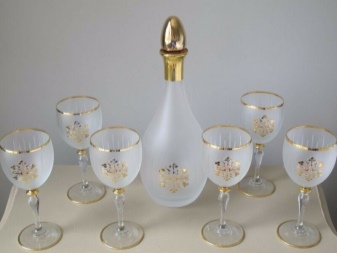
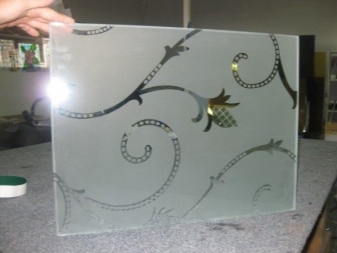
Peculiarities
Glass matting paste is a special chemical substance of white color and thick creamy consistency. It is an oily substance to the touch. It is practically odorless and has a pH of 3.5. The product does not contain acids, during the work with it there is no gas formation.
It allows you to create a translucent or opaque pattern on smooth glass. The technology involves the destruction of the silicon crystal lattice in the upper glass layer. This happens under the influence of paste chemicals at a depth of 25 microns.
The technology is called etching. It allows you to decorate the surface of any glass product. The technique involves the use of film templates.
In addition to glass, the material is used for working with ceramics and granite.
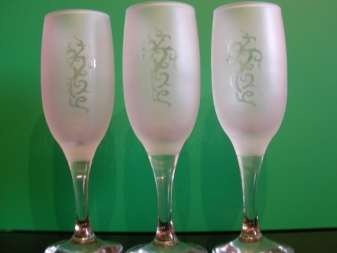

The product is intended for drawing on surfaces with a high silicon content (including plexiglass and glazed porcelain). At the same time, drawings can be very diverse, ranging from simple inscriptions to complex artistic compositions. At the end of the etching, a velvety pattern is formed.
Matting paste can be used to decorate:
- kitchen aprons;
- sheet glass and mirrors;
- wedding glasses;
- stained glass compositions;
- kitchen utensils;
- car glass;
- shop windows;
- glass shelves, doors.
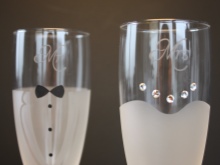
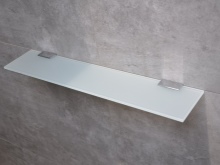
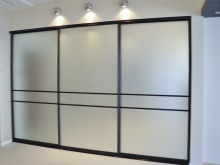
In addition, it can be used to matte glass jars, tea table tops. You can use it to make ordinary things unique. Etching allows you to create extraordinary souvenirs and gifts for birthday people.
Properties
Matting paste has a number of unique properties. Working with it is characterized by minimal labor and investment. The material is easy to use and safe for human health.
The product is supplied to the market in the form of a ready-to-use substance, packaged in an airtight container. The minimum shelf life of the product is six months. During storage, a small percentage of liquid waste may be tolerated. When stirred, the composition returns to its original state.
If stored in a leaky container, it may thicken. If necessary, it can be converted to a liquid state. This makes it easier to handle large glass surfaces. The cream is inert to waxes, acrylic, styrene-acrylic polymer films. They are used to limit the areas of the pattern.
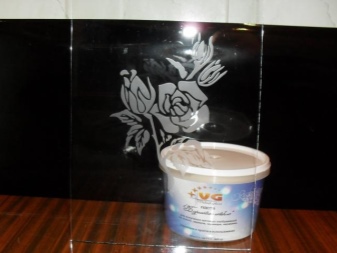
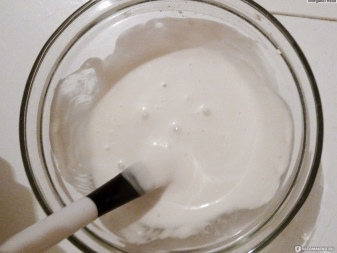
The paste destroys the metal upon prolonged contact with the surface. It is used on an industrial scale, equipping rooms with exhaust ventilation. The substance is used repeatedly: after use, it is collected in a separate container.
The resulting image is not erased or washed off with water. This is its main advantage over glass sandblasting technology. The approximate consumption of material is 1 kg per 24 m2 of glass surface. In this case, the paste can be reused up to 7-8 times.
This substance may suggest classic and colored matting. Due to the consistency, the composition can be applied not only to horizontal, but also to vertical surfaces.


The paste is sold in containers of different sizes: 200, 500, 1000, 2000, 3000, 5000 g. It is easy to operate, etching does not need any auxiliary equipment.The technology is practically silent, not associated with room pollution.
The etching technique, coupled with non-fired luminescent paint on glass, makes it possible to achieve the creation of luminous patterns and stained glass compositions. However, matting is a process of irreversible alteration of the glass surface. It will not be possible to return the original gloss in the future.
The paint is made to order, so its production date actually coincides with the time of shipment. Products for vertical and horizontal surfaces differ in consistency.
The formula of the composition is the author's development of the manufacturers.
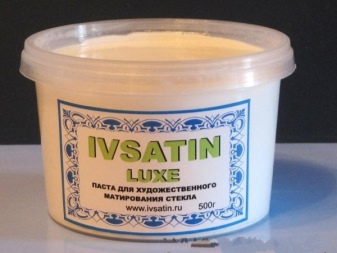
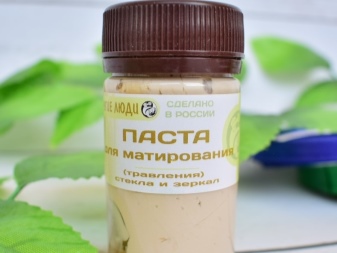
Popular brands
Different manufacturers are engaged in the production of matting paste for glass processing. It is worth noting the products of several companies that are in the greatest consumer demand.
- Noxton - a manufacturer of paste for creating images of any level of complexity.
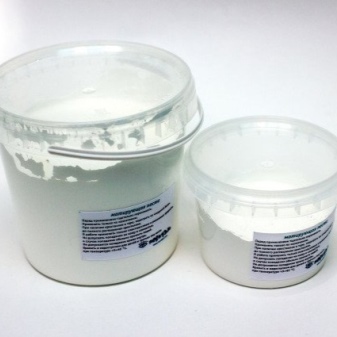
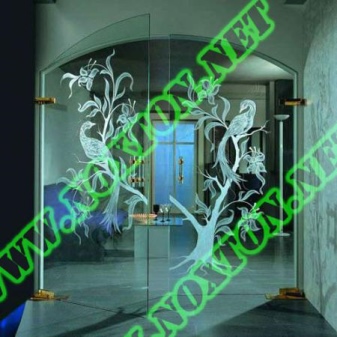
- "Aqua-Color" - a supplier of high-quality and inexpensive pasta, convenient and easy to use. Produces a composition with a terracotta effect.
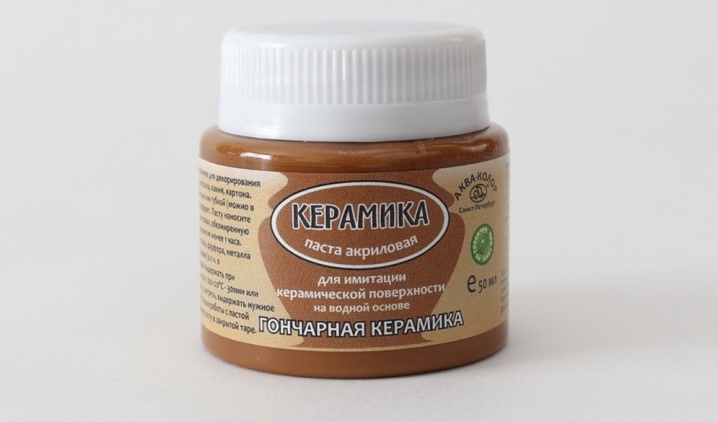
- Sammaker produces a paste with a comfortable consistency for working on a variety of surfaces.
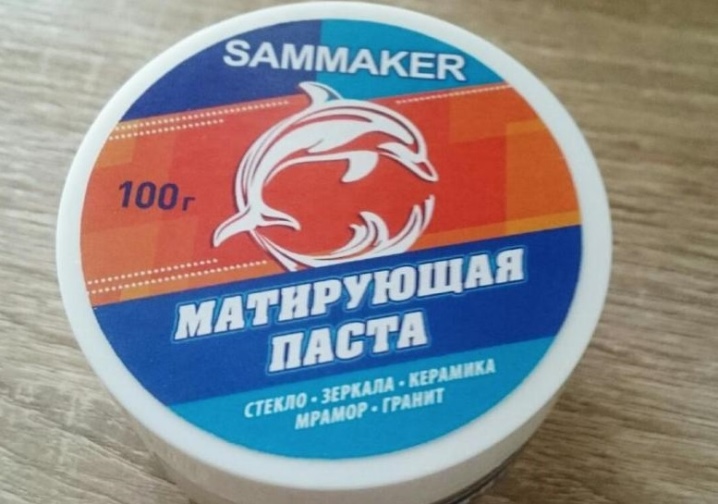
- Velvet Glass - products for processing vertical and horizontal surfaces.
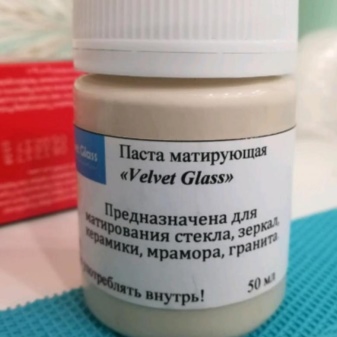
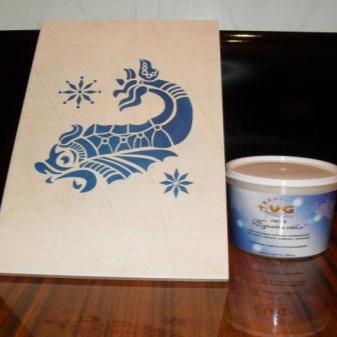
- 3M company produces a paste capable of not only matting, but also cleaning the surface.
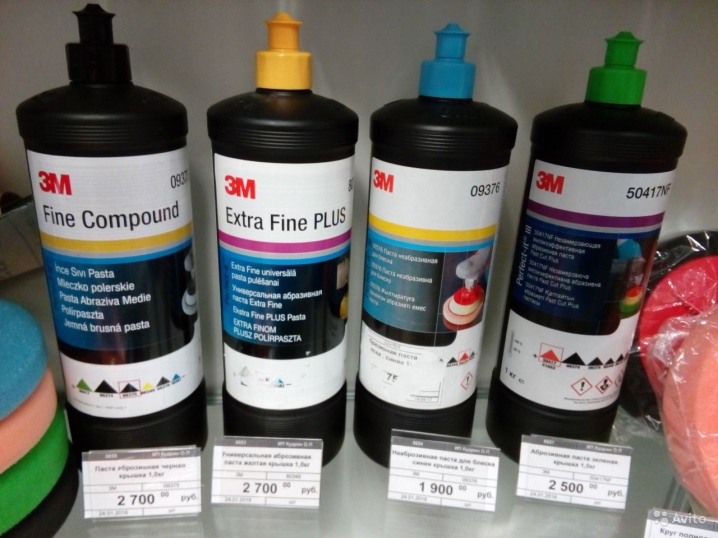
How to use?
The procedure for frosting a glass surface is carried out in several successive steps. So that no prints remain on the surface, ordinary rubber gloves are used in the work. In addition, you need to prepare a spatula and tape. Let's consider the main stages of work.
- Prepare the work surface. If necessary, it is cleaned of contamination, then degreased.
- Prepared stencils are glued to a clean surface. Excess details are immediately removed.
- Open the container with the product and stir the product if its structure is heterogeneous.
- The paste is applied with a spatula in a layer 2-3 or 3-4 mm thick. The thickness of the layer depends on the type of specific paste, indicated by the manufacturer on the container.
- The paste is quickly and evenly spread over the stencil surface. Leave to dry.
- After about 8-15 minutes, the material is removed from the stencils and removed to a separate container. Sealed for future use.
- Stencils are removed, for which the glass can be placed under running water. The residues of the product are washed off with water. Wipe the surface dry.

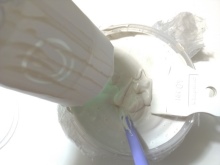
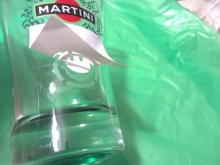
If continuous etching is required, the borders of the pattern are formed with an adhesive tape. After that, the paste is applied and quickly spread over the surface in a thin layer. Using this technique, different images are made in workshops (up to photographs). Depending on the consistency, the paste can work out not only large, but also small details of the pattern. The material is used to create a drawing of any complexity. In this case, elaboration up to semitones is possible.
The size of the picture can be very diverse. In this case, several templates can be used in the work at once. The composition for working with granite or ceramics has an optimized formula for better penetration into the upper layers of the processed material.
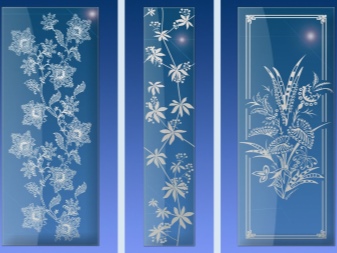
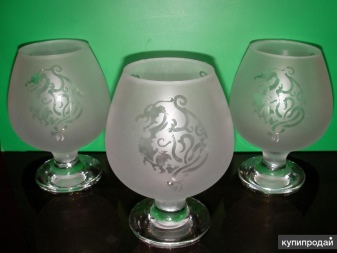
What else to consider?
There are a number of nuances.
- A clean foundation is the key to a quality result. If the paste is applied to unprepared glass, the pattern will not be uniform. Spots will appear on its area. This defect can neither be masked nor redone.
- Stencil drawings for working with paste can be made independently or ordered according to your own sketch. Such images are printed on special devices: plotters.
- Practice shows: certain types of paste can provoke allergic reactions. Therefore, work at home should be carried out in a well-ventilated area.
- The user can change the intensity of matting. This is determined not only by the time of exposure of the substance to the glass surface. The method of execution matters.Conventionally, it can be divided into 2 types: cold (at a temperature of 20 ° C for 15 minutes) and hot (at a temperature of 60 ° C for 15 minutes).
- For the same exposure time, the chemical reaction is more intense at higher temperatures. However, this etching method leads to the appearance of blurred edges if the paper is not used with film, but with a paper stencil. This is due to the water vapor released from the paste. In this case, the paper comes off the glass surface, so the paste can penetrate into the resulting voids.
- In the course of work, the paste must not be allowed to get on the glass, where it is not provided. The agent reacts instantly, therefore, the non-working part of the surface must be isolated from the ingress of mass.
- You can work with complex drawings in stages. However, in this case, it is necessary to maintain the same time of action of the paste on the working area.
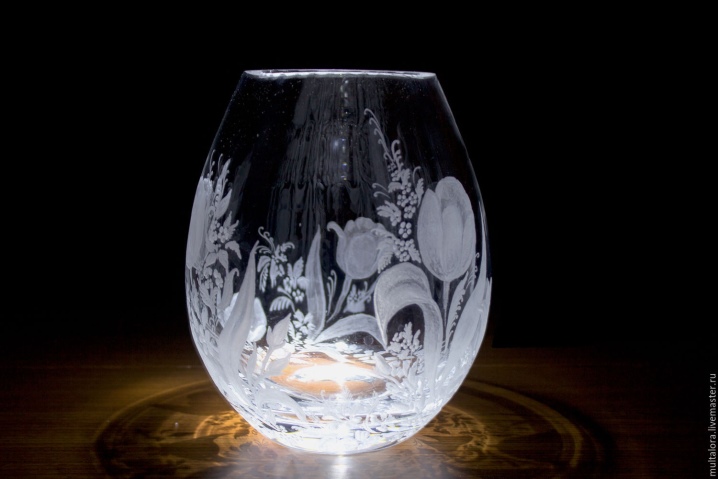













The comment was sent successfully.